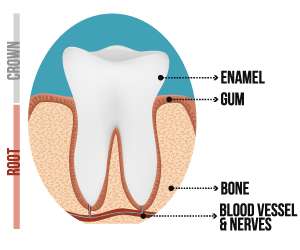Bone Grafting
 In order to optimize comfort, function and esthetics, bone grafting is required to replace missing bony tissue, and in many cases support the placement of dental implants.
In order to optimize comfort, function and esthetics, bone grafting is required to replace missing bony tissue, and in many cases support the placement of dental implants.
Bone grafting is a procedure where bone is transferred from one area or location and placed into a new location. The oral and maxillofacial surgeon can therefore “build bone” in areas where it is missing. In the practice of oral and maxillofacial surgery, the need for bone grafting presents itself in a multitude of situations.
Types of Bone Grafts
- Autogenous Bone Grafts:
Autogenous bone grafts, also known as autografts, are made from your own bone, taken from somewhere else in the body. The bone is typically harvested from the chin, jaw, lower leg bone, hip, or the skull. Autogenous bone grafts are advantageous in that the graft material is live bone, meaning it contains living cellular elements that enhance bone growth.
However, one downside to the autograft is that it requires a second procedure to harvest bone from elsewhere in the body. Depending on your condition, a second procedure may not be in your best interest.
- Allogenic Bone:
Allogenic bone, or allograft, is dead bone harvested from a cadaver, then processed using a freeze-dry method to extract the water via a vacuum. Unlike autogenous bone, allogenic bone cannot produce new bone on it’s own. Rather, it serves as a framework or scaffold over which bone from the surrounding bony walls can grow to fill the defect or void.
- Xenogenic Bone:
Xenogenic bone is derived from non-living bone of another species, usually a cow. The bone is processed at very high temperatures to avoid the potential for immune rejection and contamination. Like allogenic grafts, xenogenic grafts serve as a framework for bone from the surrounding area to grow and fill the void.
Both allogenic and xenogenic bone grafting are advantageous in that they do not require a second procedure to harvest your own bone, as with autografts. However, because these options lack autograft’s bone-forming properties, bone regeneration may take longer than with autografts, with a less predictable outcome.

